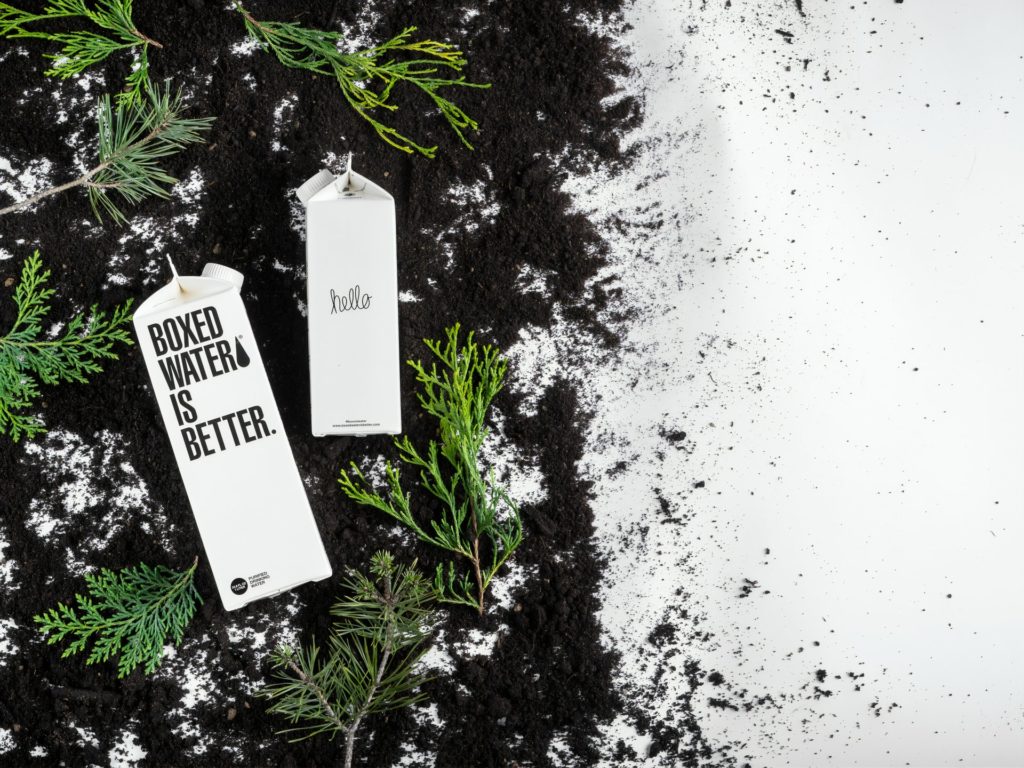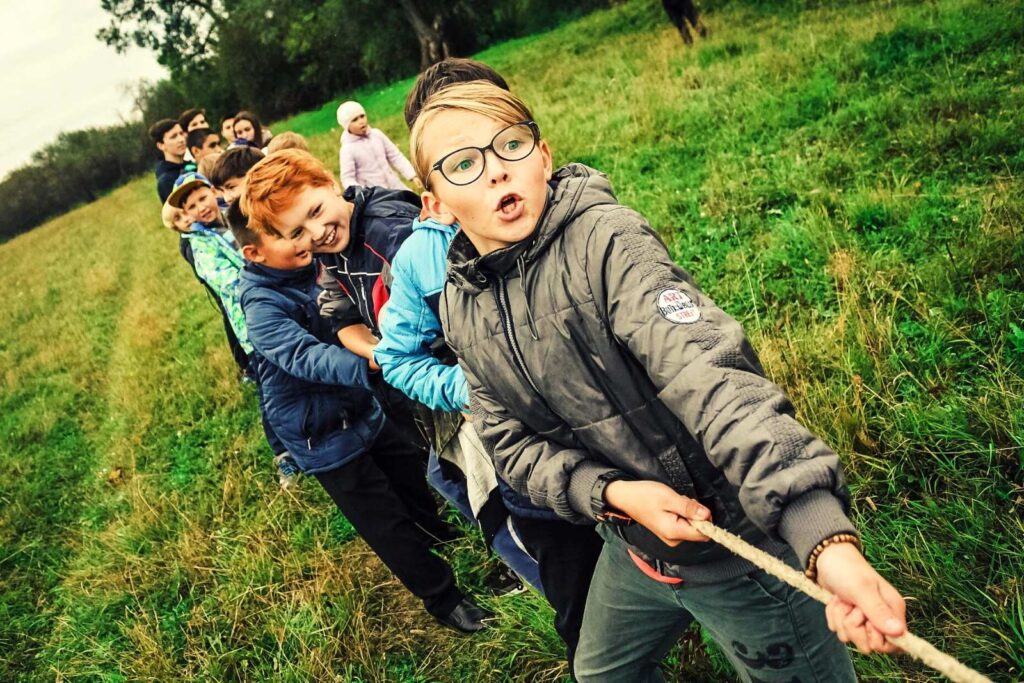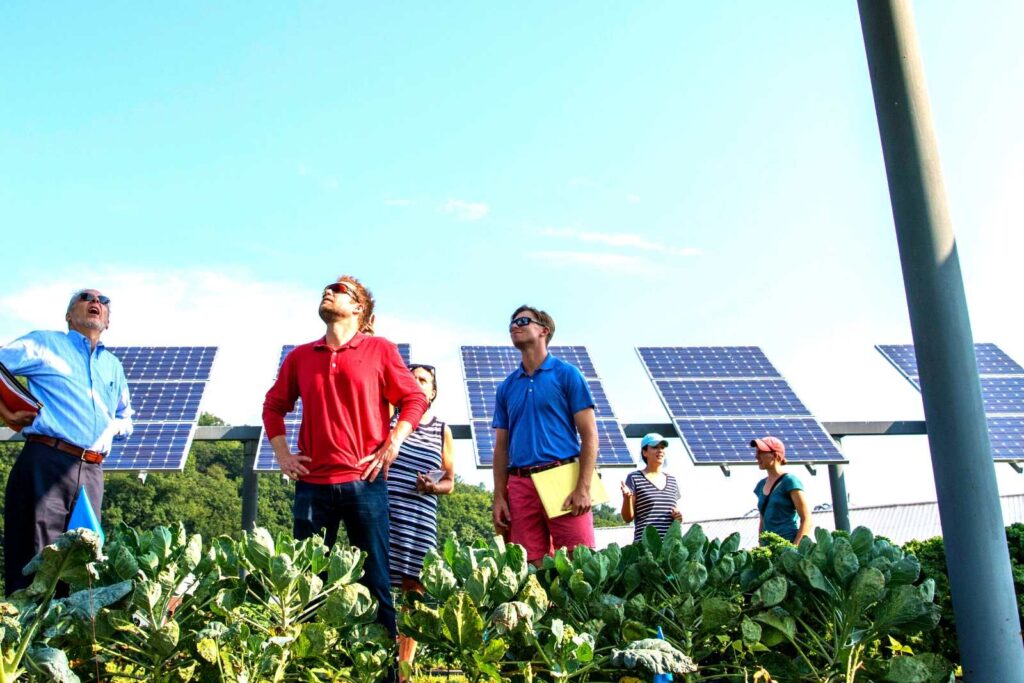You’re blazing through your calendar app, lining up appointments, noting approaching deadlines, and getting the weeks ahead in order. Your eyes drift up to “February 2021” in the title bar. A new year, and that means another year gone by.
And how things have changed. You’ve lived through a pandemic that upended not just the packaging industry, but global society. In spite of the challenges, you’ve furthered your career by leveraging your best assets: coworkers, customers, and ultimately yourself.
In our last two blog posts, we discussed procurement and research & development while touching on sustainability. Now, in this roundup, we’ll examine sage insights for building a sustainable packaging firm.

Sustainable Procurement: A Sound Choice For A Better Tomorrow
Sustainability is the name of the game in the packaging industry. Aligning your procurement efforts with your sustainability strategy can go a long way towards becoming an industry leader in sustainable packaging.
Writing for Industrial Packaging, David Roberge notes:
“It doesn’t always have to be a drastic change in business practices, even simple changes can make a difference. There are many benefits that come along with being sustainable, and going greener with packaging brings many along with it.”
One step for companies procuring packaging is using smaller packaging. This reduces the amount of material needed and as Roberge points out, it shrinks the:
“Space required for transport, allowing you to ship more product than you had prior while still reducing your freight costs. This helps you cut down on the number of transports you have to make which saves you money in the long run.”
From : 6 Benefits Of Sustainable Packaging
Fewer transports may also reduce the greenhouse gases emitted by semis, ships, and the like. Your choice of transport matters too. Packaging firm Ebro Color notes:
“Businesses aiming to be sustainable need to assess their distribution channels to find ways to use them more efficiently and to consider alternative means of transport. Rail transport for goods, where it is possible, has a lower environmental impact that [is ] moving the same volume by road.”
From: Sustainable Packaging: Why Should We Care?
Another way to increase sustainability through procurement is building a circular economy. William Brittlebank writes for ClimateAction.org:
“Opportunities are sought to use recycled materials in their production and to facilitate subsequent recycling so that, after becoming waste, they can again be transformed back into a resource, thereby furthering the implementation of a circular economy in the packaging industry.”
From: Packaging design to prevent waste and emissions
‘Recycle’ is perhaps the hottest word in sustainability. However, during procurement ‘reuse’ may produce even more benefits. Kim Overstreet quotes Martin Blacher, the Director of Sustainability at Bockatech, who argues for:
“Low cost durable containers that allow innovative reuse models at scale.”
Blacher further states:
“Reuse is throwing down a challenge to materials and packaging manufacturers to come up with new solutions that really suit this format of packaging.”
From: Innovations in Reuse – a Sustainable Solution
Of course, recycle and reuse need not be one or the other. Both can contribute to systemic efforts to improve sustainability. Stepping back to consider larger systems, McKinsey experts Peter Berg, David Feber, Anna Granskog, Daniel Nordigården, and Suku Ponkshe ask:
“Can system-level approaches, including collaboration along the value chain, make our approach to packaging more sustainable?”
The answer:
“To truly achieve significant progress toward sustainable packaging, changes to the broader packaging and recycling system will be required where development and implementation costs are also much higher—and will be difficult to achieve by individual stakeholders.”
From: The drive toward sustainability in packaging—beyond the quick wins
High costs may scare some off, but by working together, packaging companies and their customers can share burdens and drive sustainability. Continued research and development will also contribute to a more sustainable future.

R&D Lights The Way To A Greener Future
R&D builds the future. Yet, the future is uncertain. Throughout the years, many of the world’s best and brightest have failed in their forecasts. So how can we predict where research and development will take us? Jana Iverson suggests:
“By analyzing emerging technology, global packaging trends, and market projections, we can get a pretty good glimpse into what the packaging industry will potentially look like by 2028 and beyond.”
Iverson bravely jumps into bold predictions for the years ahead, noting:
“As the world moves towards more advanced and sustainable methods, packaging manufacturers and consumers will benefit from efforts that will revolutionize customer experience, manufacturing & shipping, and environmental protection.”
From: Future of Packaging: Technology & Design in 10 Years and Beyond
This brings us back to sustainability, R&D, and innovation. Writing in Forbes, Matt Jones takes a gander at the world’s leading tech companies:
“Most of today’s top global tech companies got where they are very quickly. Their products and services are in a constant cycle of innovation to avoid being outdone by their peers or by disruptive startups.”
Jones further suggests a data-driven approach to R&D, noting:
“Data can also make R&D more cost-effective. It reduces research time by guiding research scientists to experiments with the highest chance of success and dismissing unproductive routes. Making R&D data accessible reduces duplication of research and allows new discoveries which may otherwise not have been considered.”
From: How To Gain A Competitive Advantage With Your Research And Development Data
Research and development can promote sustainability. Writing in the Harvard Business Review back in 2008, Andrew Shapiro states:
“R&D, of course, is a core driver of product innovation and critical to staying ahead in any changing market. Sustainability, in turn, is a lens on innovation that is becoming increasingly important in diverse industries – from energy and transportation to consumer products.”
From: Make Green R&D a Competitive Advantage
One area of active research that could drive sustainability is simplifying packaging. Writing in R&D World, Dr. Bob Maughon and Dr. Mark Jones urge us to simplify packaging, noting:
“Most users are unaware of the technical complexity contained in the packaging they encounter. Many packages are made up of multiple layers, with layers for structure, for barrier and for aesthetics. Multiple materials complicate recycling so efforts to provide more functionality from the same base resins continue to be ripe for innovation.”
From: R&D Efforts to Make Plastic More Sustainable
Ultimately, our products, packaging, and indeed global society as a whole are what we design them to be. Writing for Recycling Today, Megan Smalley quotes Joe Iles from the Ellen MacArthur Foundation who says:
“Everything is designed – from the clothes we wear, to the food we eat, and the buildings we live in. Considering the principles of the circular economy at the design stage can have a huge influence over how such items are produced, used, and what happens to them after use.”
From: DS Smith establishes Circular Design Principles for packaging
So when approaching R&D, it’s important to design it to be sustainable from the get-go. Let’s wrap this up with a wise quote from Amit Kalantri in Wealth of Words:
“Research doesn’t assure definite rewards, but it assures lesser risk.”
From: Wealth of Words
The Big Takeaway
It’s hard to say just how your packaging R&D efforts will pay off. Yet if you want to remain competitive over the long haul, R&D is a must. And packaging companies serious about building a sustainable future will have to ante up the resources to develop sustainable new products and to rework inefficient processes.
What does R&D have to do with recruiting? EVERYTHING! How to find the best and brightest thinkers in the packaging industry if you don’t know what they look like? We get innovation. We get thinking outside the box.
Chase & Associates
We Have Your Back






